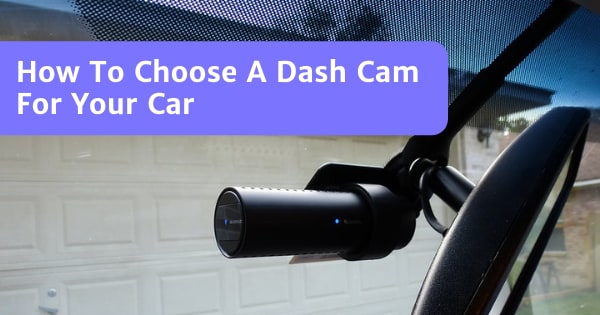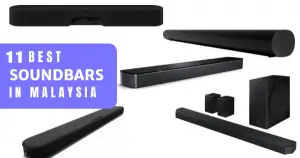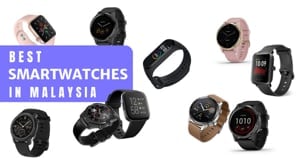Getting into a car crash can be unpleasant for both parties, especially when there is finger-pointing as to whose fault it is. That’s where dashboard cameras, or dash cams, come in!
They’re not only useful for recording incidents, but can act as security devices, or help with reversing into a parking lot.
While there are plenty of dash cams to choose from, here’s a quick guide on picking the right dash camera for you!
Table Of Contents:
- What Is a Dash Cam?
- Why Do I Need a Dash Camera?
- Types Of Dashboard Cameras
- How To Choose A Dash Cam For Your Car
What Is a Dash Cam?
Dash cams allow you to record either the front, back, or internal view of your car. With or without audio recording.
You can playback the footage for a variety of reasons, ranging from claiming insurance or capturing memories of road trips.
Why Do I Need a Dash Camera?
Dashboard cameras are a form of self-protection, as they record other cars around you.
This is great for resolving messy post-accident situations or proving insurance claims. Having video evidence keeps things civil besides expediting legal processes.
For a more detailed look as why you might find dash cams necessary, have a look at the following link.
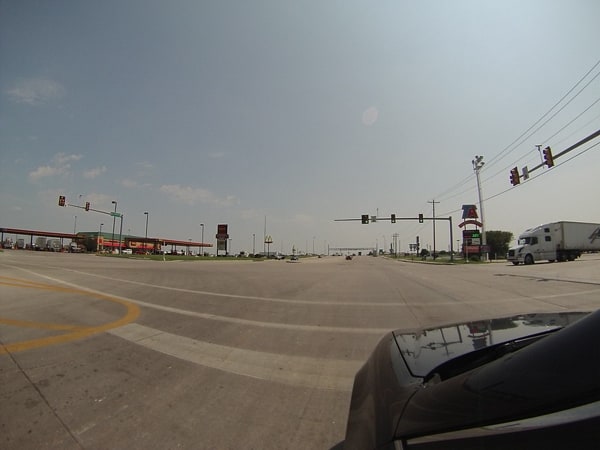
Types Of Dashboard Cameras
1. Basic Dash Cams
The bare minimum when it comes to features, these dash cams are limited to front and/or external views.
They’re still better than nothing, and are relatively cheap in comparison to more sophisticated counterparts (I.e. advanced dash cams)!
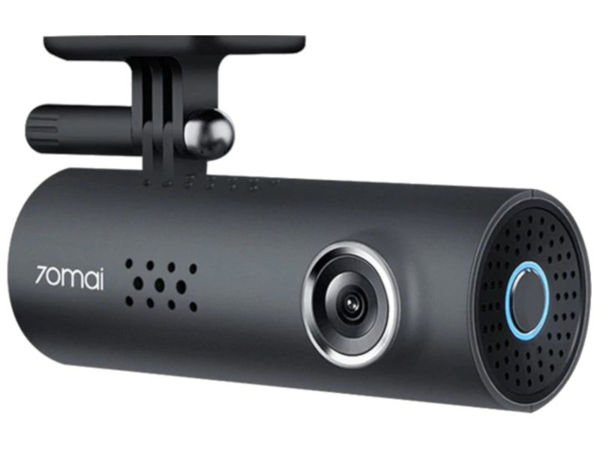
Basic Features Of A Dash Cam
- Auto-Start & Auto-Recording – This eliminates any chance of forgetting to turn on the dashboard camera before you start driving.
- Loop Recording – To save on memory space, dash cams record on a loop. Deleting old data to make room for new footage. Saving you the trouble of emptying out the memory manually.
- Memory Capacity – Dash cams typically use microSD cards and they will have a maximum memory size they can support. For reference, ~128GB is about 12-35 hours of footage.
Note: For newer dashboard camera models, a Class 10 memory card works best!
- Secure Attachment – Obviously, you don’t want the dash cam to fall down during an accident or collision! Adhesive mounts are much preferred to suction cups!
- Field-of-View – This is how much the dash cam can “see”. An angle of 125° to 165° is optimum.
- Audio Recording – Yes, your own conversations will also be recorded. But in case of an argument, you have evidence of what both parties said!
2. Advanced Dash Cams
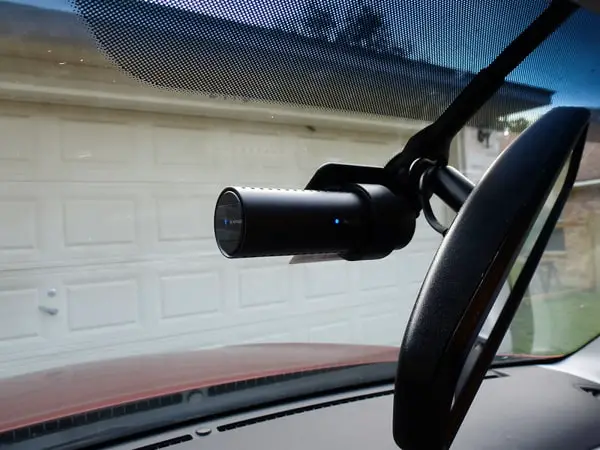
Additional features like GPS tracking, audio recording, and sensors provide valuable information:
Such as pinpointing the exact location of your vehicle in an incident. Or immediate recording when it experiences a collision during your absence (I.e. car is left parked).
But do note that these extra features will significantly increase the price of your dash camera.
That includes the resolution quality of the dash cam. Generally, the maximum resolution of the rear dash cam is HD (640p or 720p for cheaper dash cams).
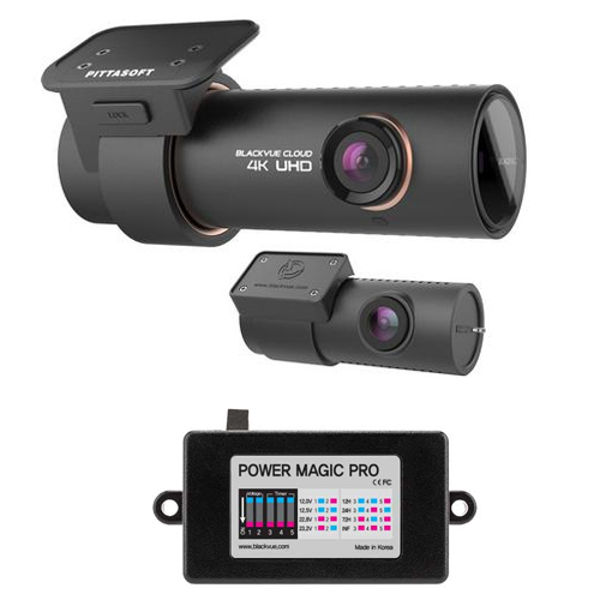
Features Of An Advanced Car Camera
- 4K UHD / 1080P FHD Recording – Sharp footage leaves no room for multiple interpretations in an argument!
- High Heat Battery Durability – Avoid battery-operated dash cams if possible. More expensive capacitor-based dash cams are less prone to overheating!
- Parking Mode – What if something happens to your car when it’s stationary and you’re not around? That’s where the parking mode comes in handy!
3. Interior/Exterior Dash Cams
Interior Dash Cams help keep track of things happening on the inside of your car.
This is especially important if you happen to have children in the backseat, or if you’re teaching someone how to drive!
Interior dash cams are also very useful for taxis or e-hailing services. Since it allows them to keep an eye on the backseat of their vehicle.
How To Choose A Dash Cam For Your Car
There’s plenty of factors to consider when deciding on a dash cam that works best for you, from pricing to usability and features.
As such we’ve listed some considerations below to give you a sense of what to look for. And for more info, have a look at the video on choosing a dash cam below:
1. Budget
While price isn’t always an indicator of quality, it’s a decent rule of thumb to follow.
Of course, if you can afford to, be sure to buy a high-quality dash camera that’ll be reliable in the long run!
Low-cost dash cams fall in the range of RM50-200; perfect if you need something basic to record the front or back view of your car.
Dash cams with more advanced features, such as those capable of a parking mode, can cost an average of RM400-800.
If you want the fanciest tech available, there are dual dash cams that start from RM180 up to ~RM2,800!
2. Reliability
Before you purchase any dash camera:
You should be looking up reviews and doing research on the camera and the brand in question!
This will help you figure out any potential problems the particular dashboard camera might have upon purchase, or after months of use.
3. Camera Size
As dash cams are often placed on the front, it’s important that they’re small enough, so they don’t block your field of vision while driving.
So the smaller the dash cam, the better!
The same goes for whatever else you have that’s already present on your dashboard (e.g. air fresheners, charms, keychains, etc).
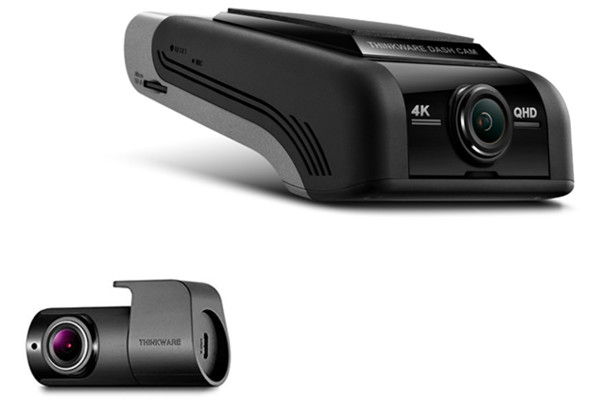
4. Must-Have Features
- Video Resolution (Quality) – Try to get a dash cam with at least HD 720p resolution, so that replays are crisp and clear.
- Storage Capacity (Memory Card Storage) – 64GB minimum, which will give you around 10 – 20 hours of recording time. Larger is better if your video records in a higher resolution (i.e. 1080p or 2K)
Note:
8GB card – 2-3 hours
16GB card – 4-6 hours
32GB card – 6-12 hours
64GB card – 10-20 hours
128GB card – 20-40 hours
- Viewing Angle – A wider viewing angle will offer a clearer view of what’s happening outside (or inside) of your car!
- Night Vision – Those that drive at night often should look for this feature. Alternatively, a dash cam that offers great night visibility will work too.
- Automatic On/Off – While a common enough feature, some lower-end dash cams are only manual On/Off, so be sure to check for this setting!
- Loop Recording –A loop recording based dash cam can save you both time and storage space.
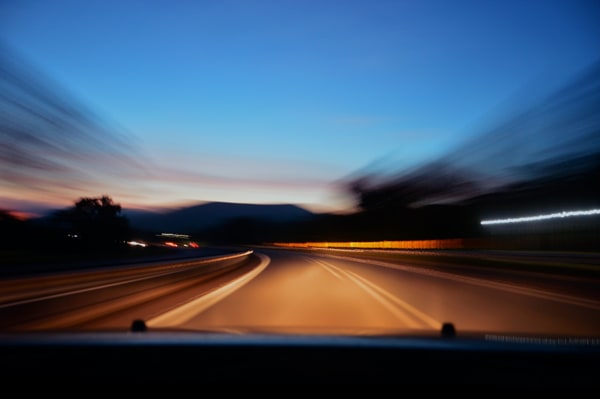
5. Optional Features
- Recording Capability – There are dash cams with 1 or 2 channels. At the very least, aim for a camera that can record both the front and rear of your car!
- Impact Sensor – Some dash cams will automatically switch on when the sensor detects impact, so you’ll be able to record what happens immediately after an accident.
- G-force (or G sensor) – Detects changes in speed, such as sudden stops due to an accident.
- Wi-Fi – Allows you to transfer footage directly to your Smartphone or any available storage.
- Integrated GPS – For those who want some added functionality on their dash cam, so you don’t have to take up space with your smartphone!
- Parking Mode – With this, your dash cam can also act as a rear-view camera, preventing you from accidentally reversing into a wall or car when parking.
- WDR (Wide Dynamic Range) – The camera can work in bright and dimly lit conditions (i.e. adjust its exposure accordingly); There may be built-in software to improve the image quality too
Conclusion
There’s a lot that goes into picking out the right dashcam. The main thing to look out for is video quality, field-of-view, and storage space.
Everything else is additional bells and whistles that might be useful, but aren’t necessary for users who normally drive in the day (and not every day too).
Now that you know what to look out for, check out our curated selection of the best dash cams available in Malaysia!

